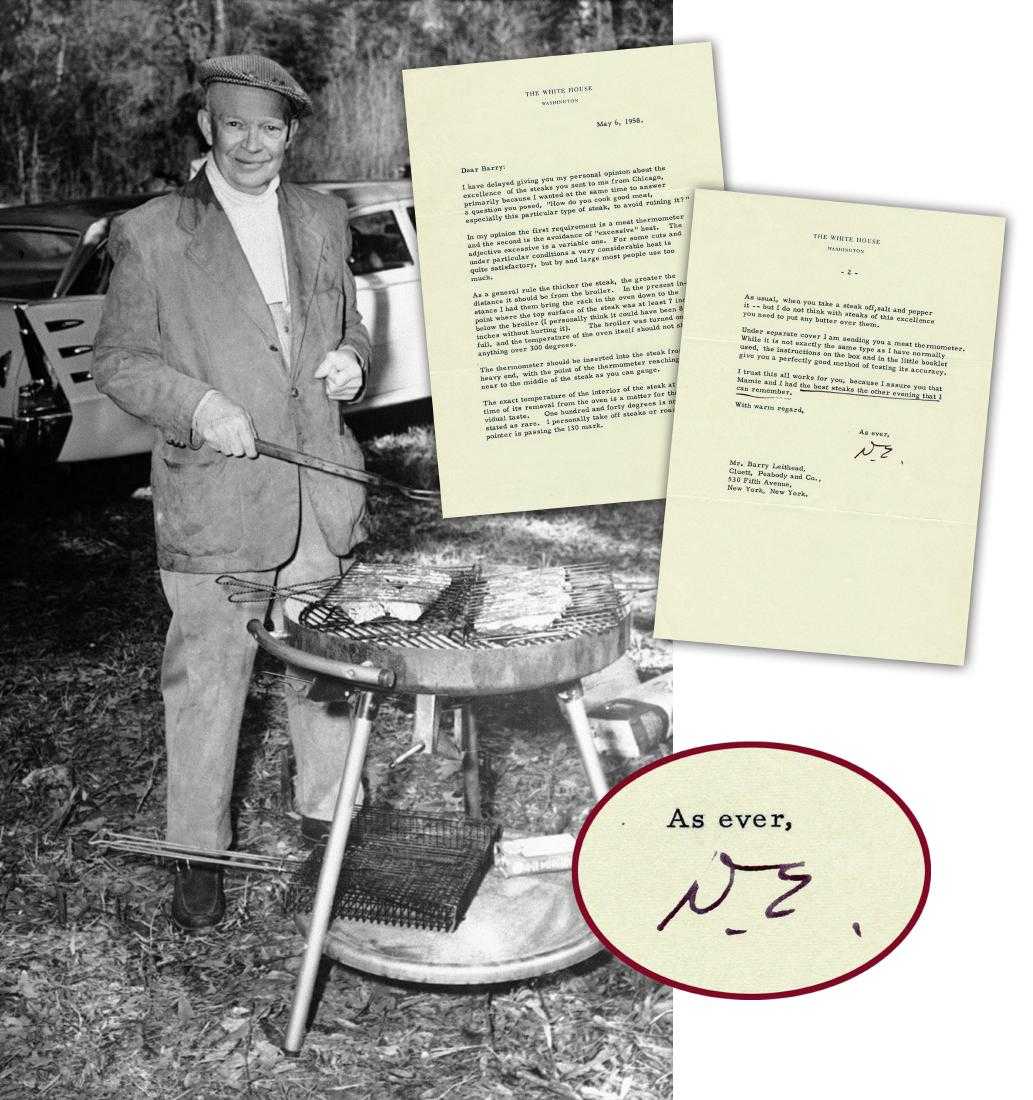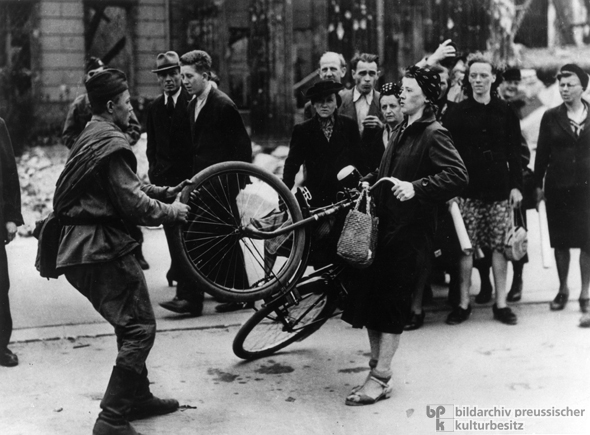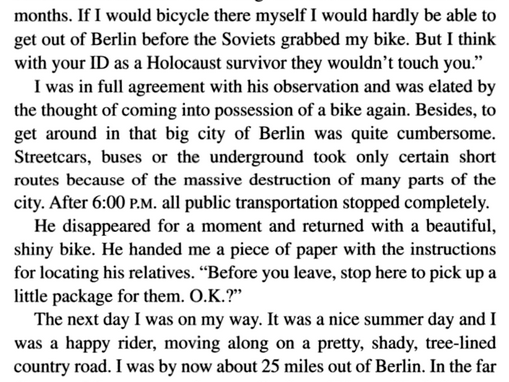An absolutely beautiful new work of writing states much of what I’ve been saying in my presentations since at least 2016: driverless cars are being designed to promote a “hellscape” that nobody should want.
With autonomous vehicles it’s both: It can’t work, but the companies will create problems because they’ll pursue it anyway. If a surgeon does invasive surgery and it doesn’t work, he’s going to do a lot of harm to your body without curing you. The destruction of pre-automobile cities like St. Louis or Cincinnati to create space for cars didn’t mean that car dependency ever met its promises — but it did mean that the belief that it could was profoundly destructive.
Waymo likes to claim that autonomous vehicles are working right now. The reason it works is that there is a hellscape that these things have to go through, called Chandler, Arizona. Density is too low for anything other than driving to work well, every residential street is too wide, the non-residential roads are all multilane arterials with turning lanes, and every destination is surrounded by a vast parking lot. If that’s what you have to create for autonomous vehicles to work, it’s a Pyrrhic victory. It’s not worth it.
It works because there is a hellscape. Couldn’t have said it any better.
In other words, if someone builds technology that can only be successful on the moon, don’t be surprised when they try to trick you into leaving your colorful alive world and going to a gray lifeless surface of the moon… so they can remain profitable regardless of your loss.
Jaywalking is a racist fantasy crime that was fabricated by car companies, for another angle on this same problem.
The new book is called “Autonorama: The Illusory Promise of High-Tech Driving” and it’s obvious it was written by a historian.
Cigarettes provide a historical lesson. When the Surgeon General’s report came out in 1964, the discussion the tobacco companies wanted to have was, “How do we make cigarettes safe?” That was getting the problem wrong. The real problem was, “How we can free ourselves from cigarettes?” […] It’s freeing ourselves from a world where if you don’t have a car you’re doomed, because you can’t get to work. The accommodation of car dependency is the perpetuation of car dependency.
Boom.
As I’ve been saying through every channel I can, history tells us that driverless cars will kill more people not less. They will cause more fatalities and do far more harms, not less. This is a function of centrally-planned and controlled decisions about human-life that values it less and less (e.g. jaywalking history) while fraudulently claiming to care more than anything before.
And so far my early predictions from five years ago have been sadly accurate.
Where does this go? Driverless will bring a “hellscape” where “…motordom has successfully prevented Americans from [freedom of choice]…”.




